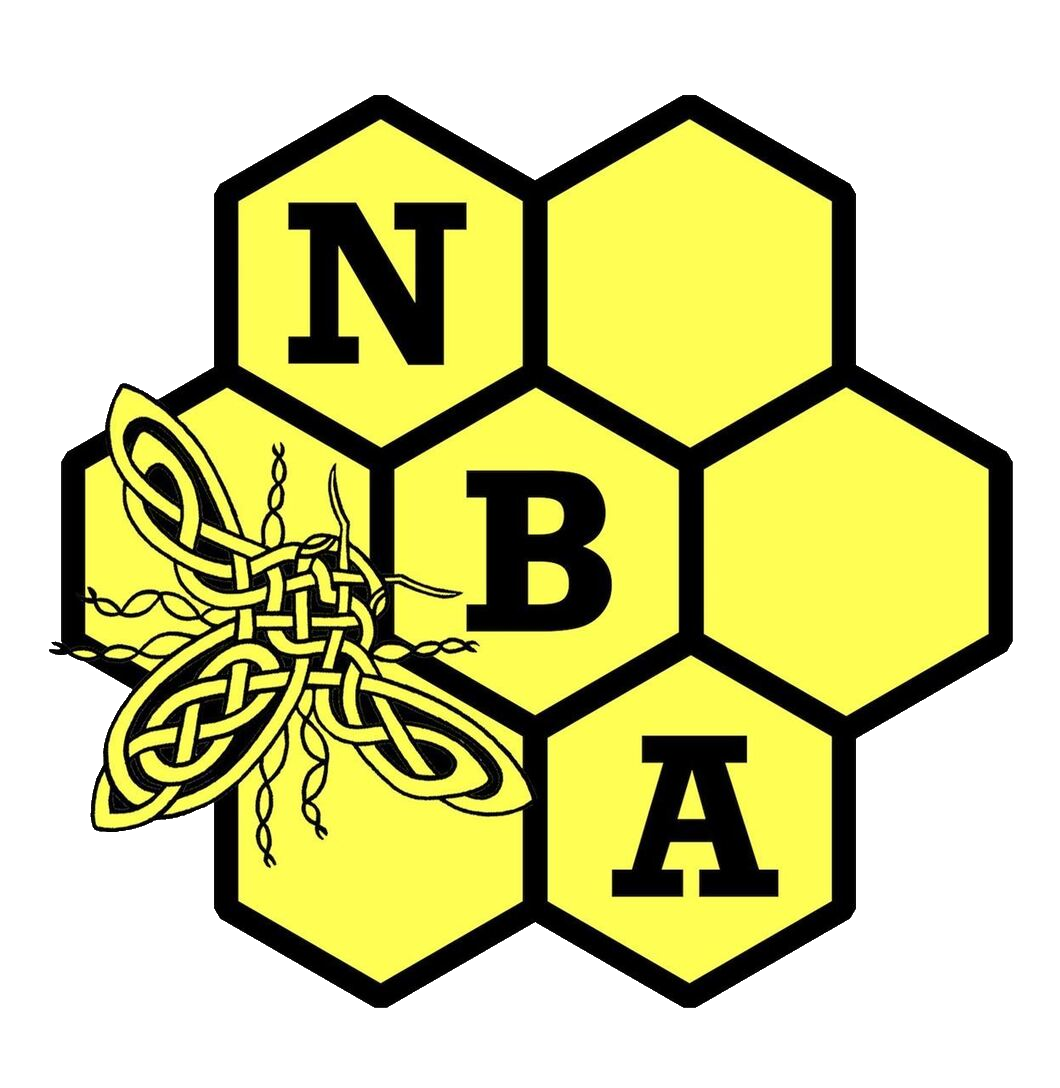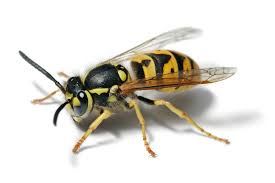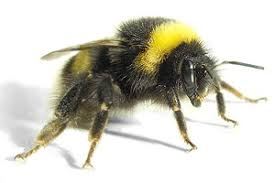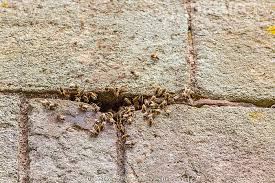Swarms - 2025
There are over 250 types of bee in the UK only one of which is a honey bee (Apis Mellifera)
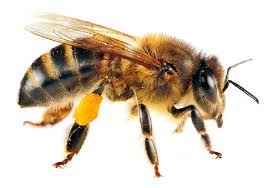
|
Don't panic! Swarms aren't dangerous if left alone. It's a perfectly natural thing for healthy honey bee colonies to swarm in May, June and July. Up to 75% of the bees leave to start a new colony. Please note that we can only deal with swarms of honeybees, like in the pictures above. Anything that doesn't look like these pictures are unlikely to be swarms of honeybees. We cannot deal with:
You can read more on all types of bumblebees at: Bumblebee Conservation Trust
|
How do I recognise a honey bee?

Honey Bee (Apis Mellifera)
IF YES: These are a swarm of honey bees. Honey bees are what beekeepers deal with, and the swarm size can be more than 10,000 bees (clustered together about the shape & size of a rugby ball!) so you’d definitively know if you have a swarm of honey bees. A full colony will number 50—60,000 bees. After landing in a resting place scout bees will look for a new residence in a cavity of between 30 and 50 litres. Beekeepers often set up what are called 'bait hives' of that capacity to attract any swarms to move into the space. If you need further information please email: Newbattle Bees giving your full postal address, including postcode, and telephone number, and a description of where, and how high the swarm is located. One of our members can then assess what equipment is needed and how easy it will be to collect. Attaching a good quality photo to your email would be useful too. |
Beedentify is designed to help you work out what type of bees or wasps you have in your home or garden, and provide you with information on what can be done about them if they are causing you a problem. Click on the link to the right to visit Beedentify. |
If the swarm is in the Midlothian Area phone Ian Evans on: 07516513770 or Loraine Aitken on: 07595913206 if you are unable to contact Ian or Lorraine you can email swarmpatrol If the swarm is in another area contact details for the closest Beekeepers Association to you can be found by clicking on the link below |
